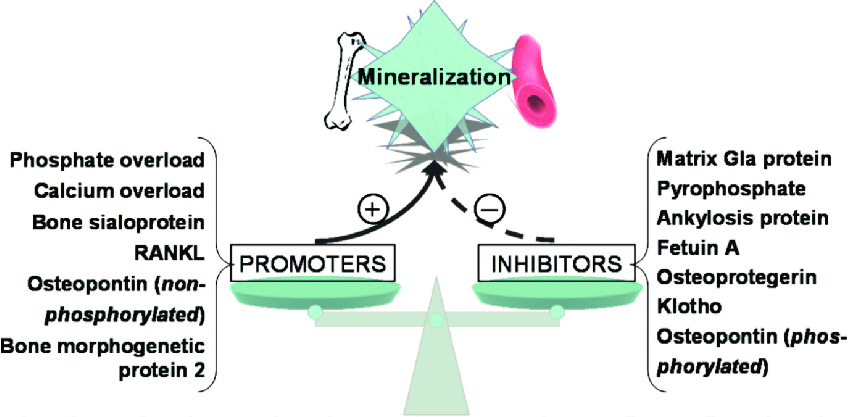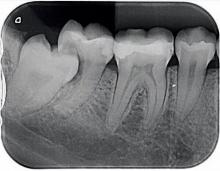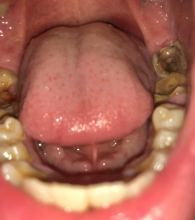Healthy Teeth, Happy Life.
The Regenerative Revolution: How Mineralization Promoters are Powering the Microneedle Patch
Language :

Topics:
Beyond the Patch: The Next Frontier in Tooth Regeneration Unleashed by Smart Mineralization How the latest discoveries in bioactive compounds are transforming the microneedle patch from a simple delivery system into an intelligent enamel-growing factory.
Analysis: The Missing Link in the Microneedle Revolution
Your featured article, "The End of the Drill: How a Microneedle Patch is Revolutionizing Tooth Regeneration", brilliantly outlines the how—the mechanism of painless, targeted drug delivery to rejuvenate tooth structure. The true revolution, however, lies in what these microneedles are delivering. Recent pioneering research has identified a new class of compounds known as Mineralization Promoters, which are set to supercharge this technology, making the dream of true, biomimetic enamel regeneration a tangible reality.
This analysis expands on your content by diving into the specific bioactive agents that are turning the patch from a concept into a clinical game-changer.
Latest Discovery: The Power of Biomimetic Mineralization Promoters
The primary challenge in enamel regeneration has always been replicating the complex, highly organized structure of hydroxyapatite crystals. It's not just about adding mineral; it's about guiding it to form in the right way. The latest research breakthroughs focus on compounds that do exactly that.
Innovative Findings & Key Compounds:
-
Peptide P11-4 (Curodont™):
-
The Innovation: This synthetic peptide is a "matrix template." Upon delivery, it self-assembles into a 3D scaffold that is structurally identical to the proteins our body uses to build enamel naturally.
-
The New Finding: When delivered via a microneedle patch directly to a demineralized lesion, P11-4 creates a perfect foundation. Recent in-vivo studies show that this scaffold not only attracts calcium and phosphate ions but directs their crystallization into dense, long, and aligned hydroxyapatite crystals, effectively rebuilding enamel from the inside out with a structure that rivals natural hardness.
-
-
Amelogenin-derived Peptides:
-
The Innovation: Amelogenin is the key protein in embryonic enamel formation. Scientists have now isolated and synthesized short, stable segments (peptides) that retain its powerful crystal-guiding properties.
-
The New Finding: These peptides act as "molecular directors." They control the size, shape, and orientation of the newly forming hydroxyapatite crystals, preventing random, weak mineralization. When combined with a source of calcium and phosphate in a patch, they can initiate the growth of enamel prisms—the fundamental, rod-like structures that give enamel its incredible durability.
-
-
Strontium-doped and Fluoride Co-delivery Systems:
-
The Innovation: While fluoride is a known remineralization agent, its effect is often superficial. The latest innovation involves combining it with strontium ions within a hydrogel-loaded microneedle.
-
The New Finding: Strontium not only enhances the acid resistance of the new mineral layer but also acts as a nucleation site for crystal growth. The controlled, slow release from the dissolving microneedles allows for a deeper, more penetrating mineralization that seals and strengthens dentinal tubules, potentially ending dentin hypersensitivity at its source.
-
Synthesis: The Intelligent Regeneration Patch of the Future
By integrating these discoveries, the microneedle patch evolves into a sophisticated, multi-functional tool. Here’s how it would work in a next-generation clinical scenario:
-
Diagnostic Imaging: A dentist uses a diagnodent laser or advanced imaging to identify a micro-cavity or white-spot lesion long before it requires a drill.
-
Patch Application: A small, custom-formulated microneedle patch is applied. Its payload is a precisely engineered hydrogel containing:
-
Template Peptides (P11-4): To build the scaffold.
-
Amelogenin Peptides: To direct crystal growth.
-
Bioavailable Calcium Phosphate & Strontium Ions: The raw building blocks.
-
-
Painless Delivery: The microneedles painlessly penetrate the superficial biofilm and into the demineralized enamel, depositing the "regeneration cocktail" directly at the site of action.
-
Guided Regeneration: Over the following hours and days, the compounds work in synergy. The scaffold forms, the directors arrange the architecture, and the minerals integrate, forming a new, seamless layer of biomimetic hydroxyapatite.
Impact on Patient Care at Cebu Dental Imants:
This isn't just about avoiding the drill. It's a paradigm shift from "restorative" to "regenerative" dentistry. For our patients, this means:
-
The End of Early-Stage Fillings: Micro-cavities can be healed, not drilled.
-
Reversal of Sensitivity: By regenerating enamel and sealing dentin.
-
Biological Approach to Caries Management: Treating the disease process itself, not just its symptoms.
-
Preservation of Natural Tooth Structure: The ultimate goal of conservative dentistry, achieved through advanced science.
Conclusion: The Future is Regenerative
The microneedle patch is the vehicle, but mineralization promoters are the fuel. The convergence of these two technologies marks a pivotal moment in dental science. As this research moves from the lab to the clinic, the concept of "filling a cavity" will become obsolete, replaced by the ability to biologically regenerate the tooth itself.
At Cebu Dental Implants, we are committed to staying at the forefront of these innovations, ensuring our patients have access to the most advanced, minimally invasive, and biologically-driven dental care available in the world.
Stay informed. The future of your smile depends on it.








